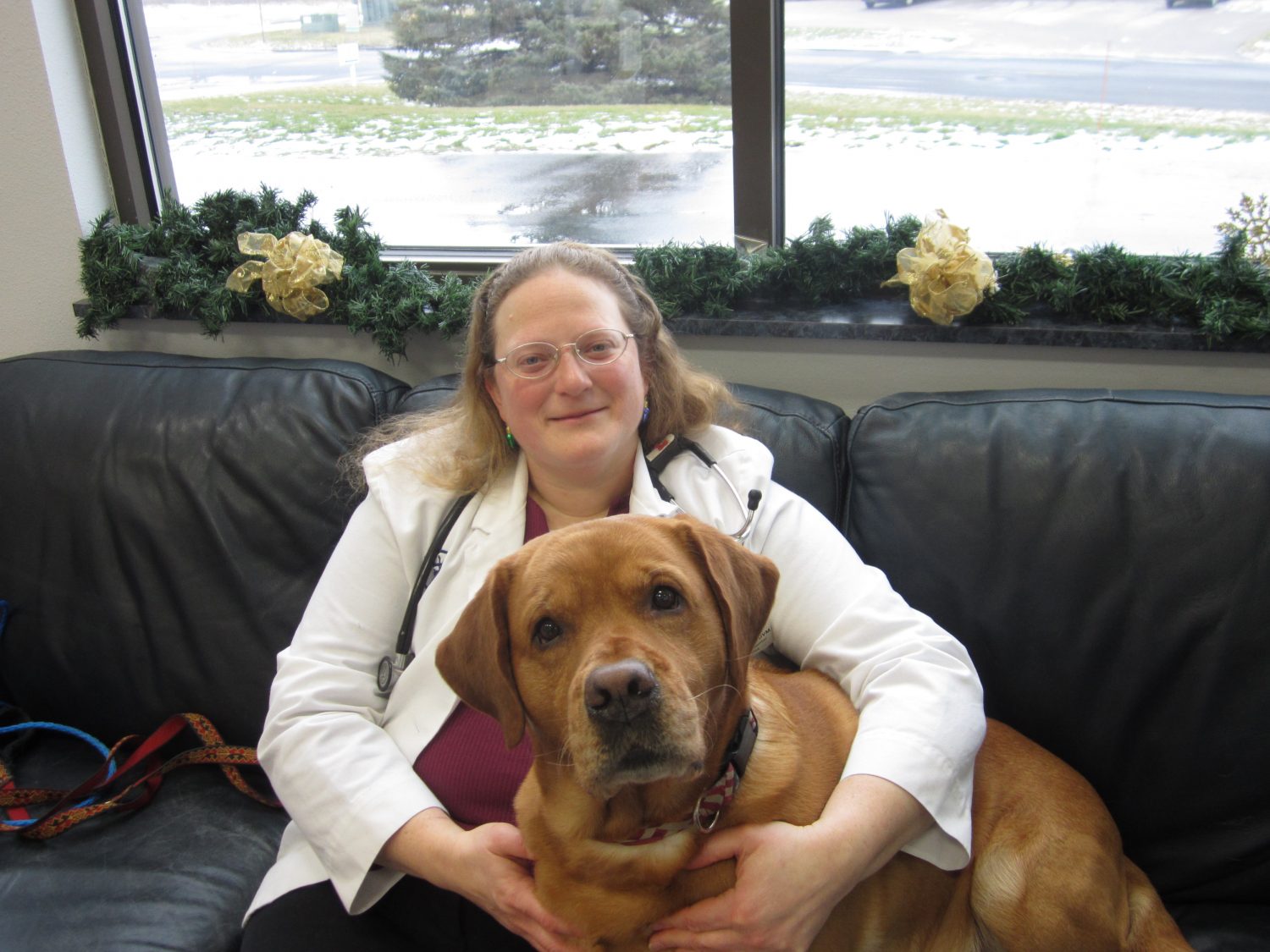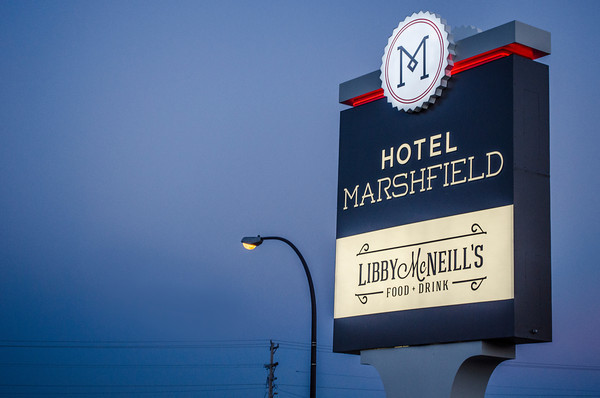Breed breakdown: An in-depth look at the Boston terrier

The vet’s office
By Dr. Beth Engelbert, DVM
Wildwood Animal Hospital and Clinic LLC
Sporting a “tuxedo,” the friendly, adaptable Boston terrier is very popular. This “dapper,” “charming” dog is called the “American Gentleman.” While Bostons can be very active, they enjoy any activity with their people, making them wonderful companions.
As expected, the Boston terrier was created in Boston. The first Boston terrier, Harrison’s Judge, was an English bulldog-white English terrier cross. This mix created a medium-sized brindle dog with a white stripe up its blocky forehead. Judge was bred to a white female for a smaller, low-set dog. This dog, Eph, was brindle with white markings. Eph was bred to another smaller female, and the breed foundation was set.
Originally called “Round Heads,” the name changed to Boston terrier as its popularity grew, and the American Kennel Club was petitioned to accept this breed.
While it sounds easy to “create” a new breed, Boston fanciers faced many challenges. With very few foundation dogs, inbreeding was necessary. Eventually, different strains were developed with careful breeding, and offspring were not so closely related.
White markings are a hallmark of the breed. Bostons typically have a white blaze on their faces and “bib” on their chests. They also have white on the muzzles and their legs, sometimes with a “collar.” While the offset color was originally brindle, black or seal is also acceptable. Bostons occasionally have a blue or partially blue eyes. While the blue does not affect their vision, it is considered a fault. Brown eyes are preferred to contribute to their “kind” expression. This also goes for the solid black nose preference.
Boston terriers are sturdy, square dogs with straight legs and angled joints. Bostons should have short, low-set tails. Some curve like a corkscrew. Unfortunately, some “screw tails” can point inward, causing pain and infection and needing surgical correction.
Inbreeding concentrates good and bad genes. The Boston was no exception. Notable in the breed is the link with white coloring and deafness. Having white on greater than one-third of the head increases the likelihood of deafness in one or both ears.
The Boston is brachycephalic, which can affect the breathing. Care must be taken with exercise and anesthesia. Bostons can have hemivertibrae, which may cause spinal cord issues.
The Bostons’ eyes can be problematic. Their protuberance predisposes them to injury, which may be difficult to heal. Bostons can inherit cataracts and the chance for glaucoma. Dry eye from loss of tear production can occur, and the third eye lid can prolapse, causing “cherry eye.” Most eye conditions can be managed with medications or surgery.
Other conditions seen in Bostons include luxating patellas, allergies, and epilepsy. Fortunately, these can be managed.
From obedience to agility, therapy work to house dog, the Boston terrier is a versatile breed. Finding a breeder who breeds for health and personality is the first step to finding your new best friend.
Wildwood Animal Hospital and Clinic LLC is located at 210 Airpark Road in Marshfield and online at wildwoodanimalhospital.net.
Leave a reply
You must be logged in to post a comment.






